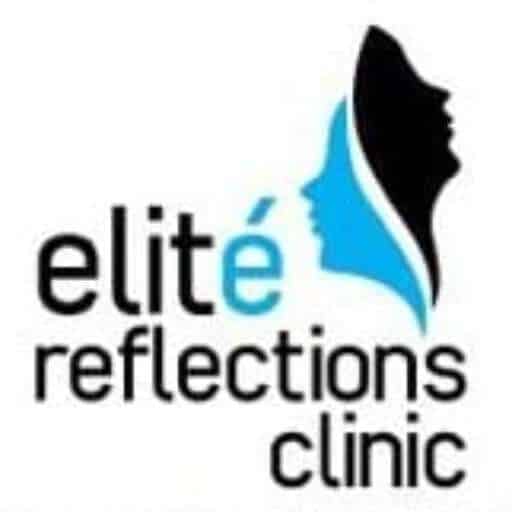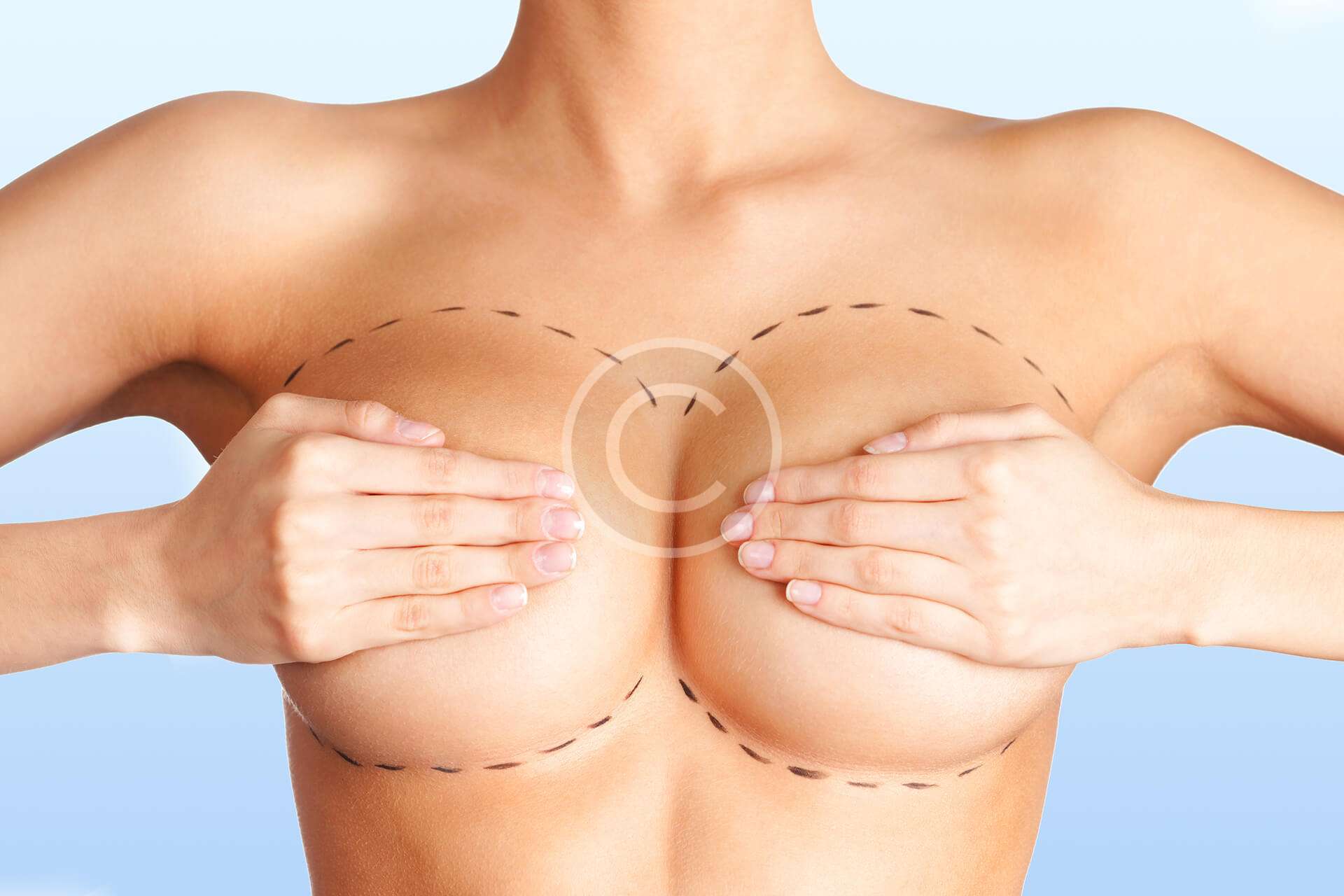Reduction Mammoplasty
Reduction Mammoplasty is a surgical procedure that simultaneously allows the reduction of breast volume and the revision of its shape. Mammary hypertrophy, or disproportionate increase in breast volume, is often associated with osteoarticular symptoms and signs (pain and deformity of the cervical spine) and, in certain cases, neurological symptoms as well (upper limb pain, carpal tunnel syndrome).
The psychological component of symptomatology is perhaps one of the most important, with significant limitations in social, professional and intimate life. By removing excess skin and breast parenchyma, it is possible to improve the quality of life of these patients. Another important aspect is the contribution to reducing the risk of breast neoplasia: on the one hand, by eliminating breast tissue, and on the other, by medical analysis of the removed tissue sample.
Reduction Mammoplasty is, in many cases, a necessary surgery. The results are very gratifying because they make a difference in patients’ lives.
How is reduction mammoplasty performed?
The surgery goal is the removal of the excess breast parenchyma (fat and glandular tissue). Surgery always involves 2 to 3 incisions, or scars. One of these is invariably located around the areola and nipple, since this set (the areolo-mamillary complex) transits to a higher / projected site in the breast which underwent surgery. The size of the areola may be reduced if indicated.
The breast size and shape, as well as the magnitude of the reduction the patient intends to achieve, are essential factors that help the Plastic Surgeon to determine which technique best suits each patient. In some cases it is possible to avoid the scar that is usually located in the infra-mammary fold. Rarely, in cases of extreme volumes, the nipples and areolas can be truly “transplanted” to a higher position. Another less common option that is appropriate for a small group of patients is liposuction itself. But all these aspects are very personal and each case is discussed in detail between the patient and Dr. Peter Savio Da Cruz
Operation Information
Duration: |
3-4 hours |
Incision Location: |
From the temporal area ro around the earlobe |
Hospitalization: |
1-2 days |
Recovery Period: |
2 weeks |
Anesthesia: |
General Anesthesia |
Stitch Removal: |
10-14 days after procedure |
Frequently Asked Questions
When is reduction mammoplasty indicated?
We can think of a Reduction Mammoplasty when the following problems are presented Heavy breasts with nipple and areola pointing downwards;
significant breast asymmetry, one breast being significantly more bulky and / or pendulous than the other;
loss of self-esteem due to the unaesthetic appearance conditioned by excessive volume and / or breast “weight”.
What can I do to help healing?
The healing process occurs according to well defined and known steps. However, there are a number of factors and characteristics that can interfere with healing. Thus, it is important that you do not smoke as tobacco interferes with healing. If you are a smoker, you should stop at least 6 weeks before the intervention until at least 4 to 6 weeks after it. One should also be careful concerning the treatment of scars, after fully epithelialized, with silicone (gel and / or sheet) associated with compressive massage on the scar. The use of compressive clothing (specific bras for postoperative reduction mammoplasty) and the use of manual lymphatic drainage by experienced professionals, oriented to the postoperative follow-up of this type of intervention, are other essential aspects for a better result.
What precautions should I take in the preoperative period?
The period before surgery deserves special attention. There is some care and or precautions to take into consideration. Preoperative exams should be performed. Above all, it should be a preparation period in which you will be closely monitored by your Physician and his team. Be calm and do not hesitate if you need any clarification.
What will the postoperative look like?
The post-surgery is a period of questions and anxiety that requires close monitoring by the Surgeon and her team. If all the main reasons for questions and concerns are previously addressed and clarified, the post-surgery will become much easier and peaceful.




